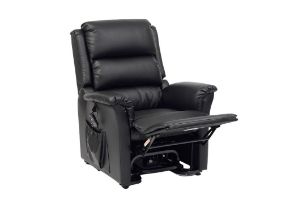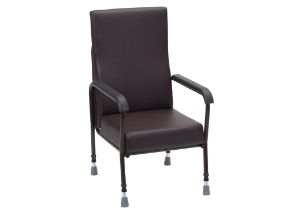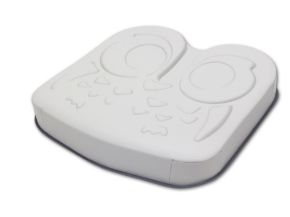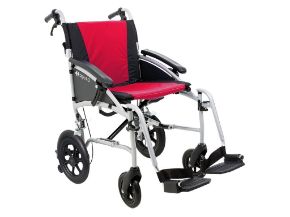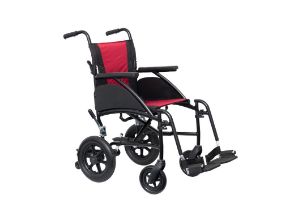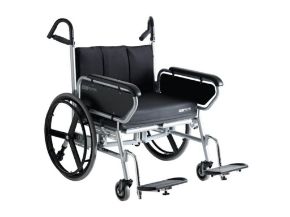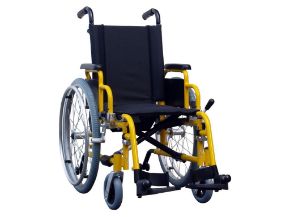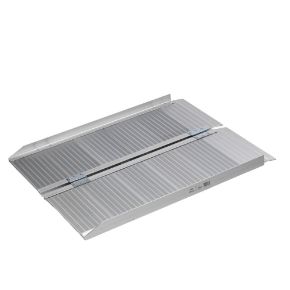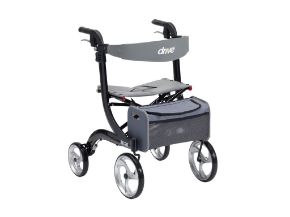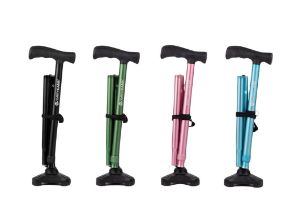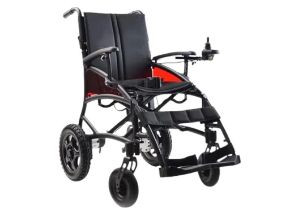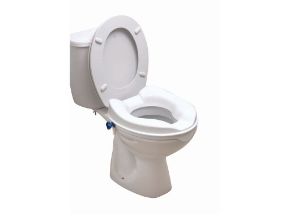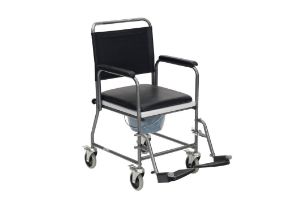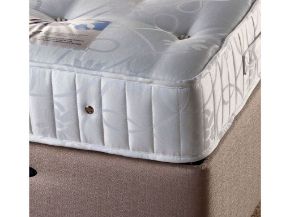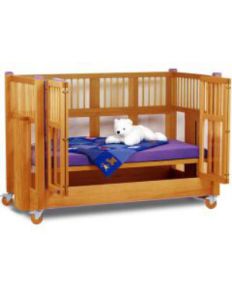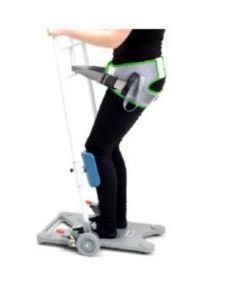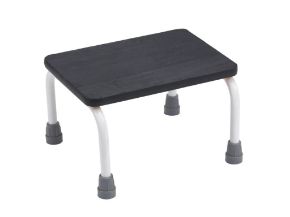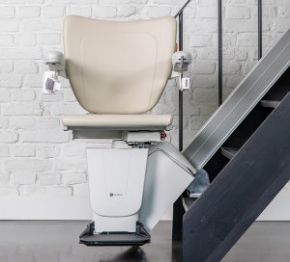Falls can be dangerous, especially for adults with mobility challenges. Here are 10 tips to help you avoid falls at home:
- Keep your home well lit, especially at night. Use night lights in hallways and bathrooms, and consider installing motion-sensor lights outside to help you see where you're going.
- Remove tripping hazards from your home. This includes things like loose rugs, electrical cords, and clutter.
- Keep stairs clear of clutter and make sure they are well lit. Consider installing a stairlfit as the stairs is one of the most dangeropurs places to fall.
- Wear shoes or slippers with non-slip soles. This will help you keep your footing on slippery surfaces.
- Keep items you use regularly within easy reach. This will help you avoid having to climb on furniture or step on unsteady objects to reach them.
- Exercise regularly to improve your balance and strength. This will make you less likely to fall.
- If you have a medical condition that makes you more likely to fall, talk to your doctor about what you can do to reduce your risk. A riser recliner is an important aid to help you get to your feet safely.
- If you have vision problems, have your eyes checked regularly and wear glasses or contact lenses as prescribed.
- Use assistive devices, such as a cane or walker, if you need them. These can help you maintain your balance and stability.
- If you do fall, try to fall safely. This means protecting your head and trying to land on a part of your body that can absorb the impact, such as your buttocks or the side of your leg. Stay calm and don't try to get up right away. Call for help if you need it, and see a doctor if you are injured.

